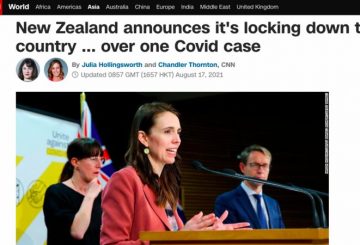新型コロナウイルス対策担当相のクリス・ヒプキンス氏は、ニュージーランドに入国する旅行者のうち、ワクチン接種を完了している人のほとんどは、今後管理された隔離施設に入る必要がないことを発表しました。
ニュージーランド国民は、2022年1月16日以降、ワクチン接種を完了していれば、オーストラリアから隔離の必要なく渡航できるようになります。ただし、7日間の自己隔離の義務付けは継続されます。
対象となる旅行者(ワクチン接種を完了したニュージーランド国民)は、2022年2月13日以降、他のすべての国からニュージーランドに入国することができます。
他の国からの外国人旅行者で、ワクチン接種を完了している人は、2022年4月30日からニュージーランドに入国することができるようになります。
海外渡航はこれまでとは異なるものになりますが、ヒプキンス氏は、ニュージーランドは通常の生活に戻る準備を開始できる状態にあると述べました。
旅行者は、出国前の検査で陰性であること、ワクチン接種を完了していること、旅行履歴をすべて申告することが求められます。また、到着時と隔離期間終了時に再度検査を受けることになります。
「ワクチン接種を受けた人でも、国境を越えてくる患者が増えるだろう」とヒプキンス氏は言います。「迅速抗原検査は、私たちのサーベイランス検査の手順において、より重要な役割を果たすようになるでしょう。」
ニュージーランドは、世界の他の国々に続いて、迅速抗原検査を導入することになります。
「本日の発表は、システムとしてのMIQ(管理隔離施設)がすぐに終了することを意味するものではありません。MIQは一時的な措置であり、現在の規模と運営方法は、信じられないほどよく機能しています。」




























































